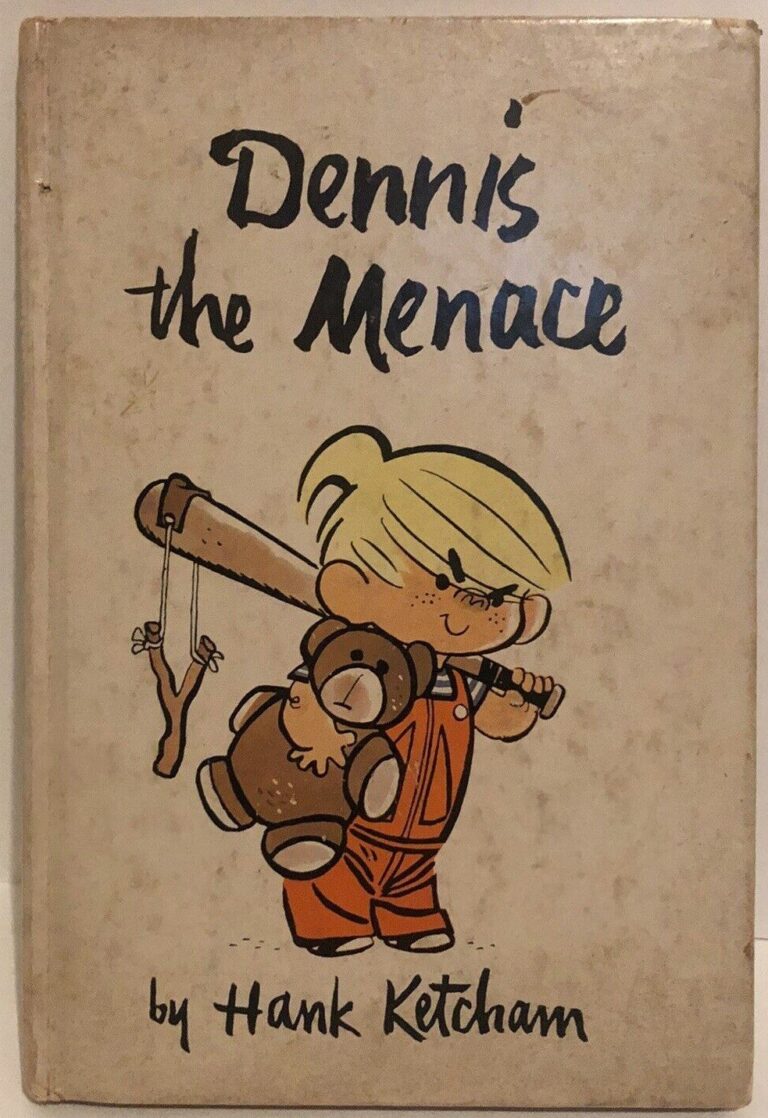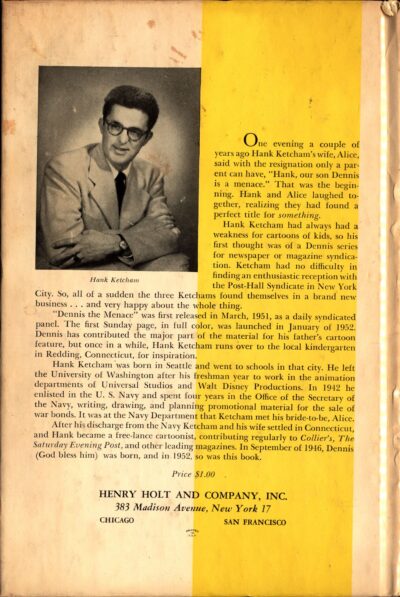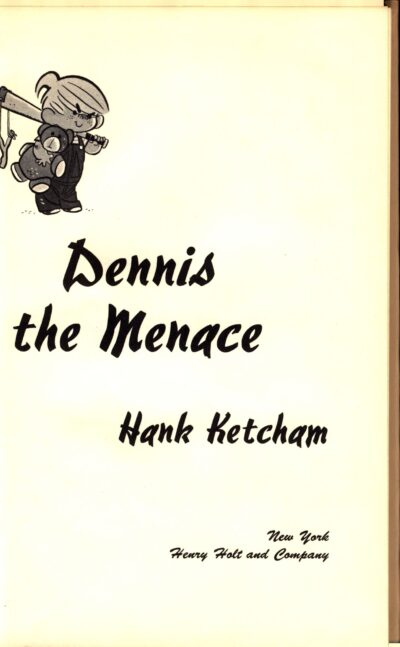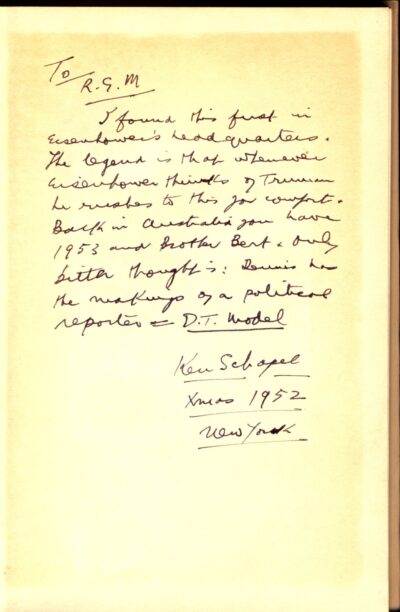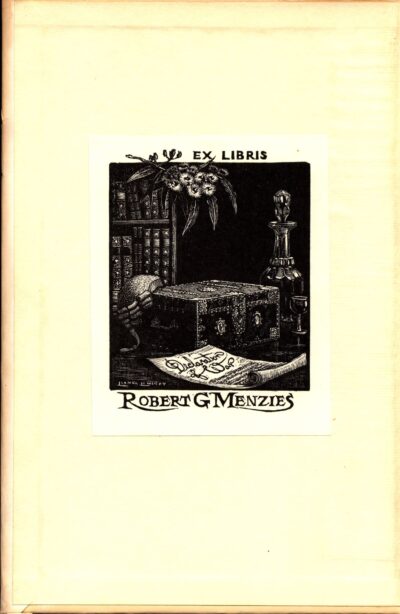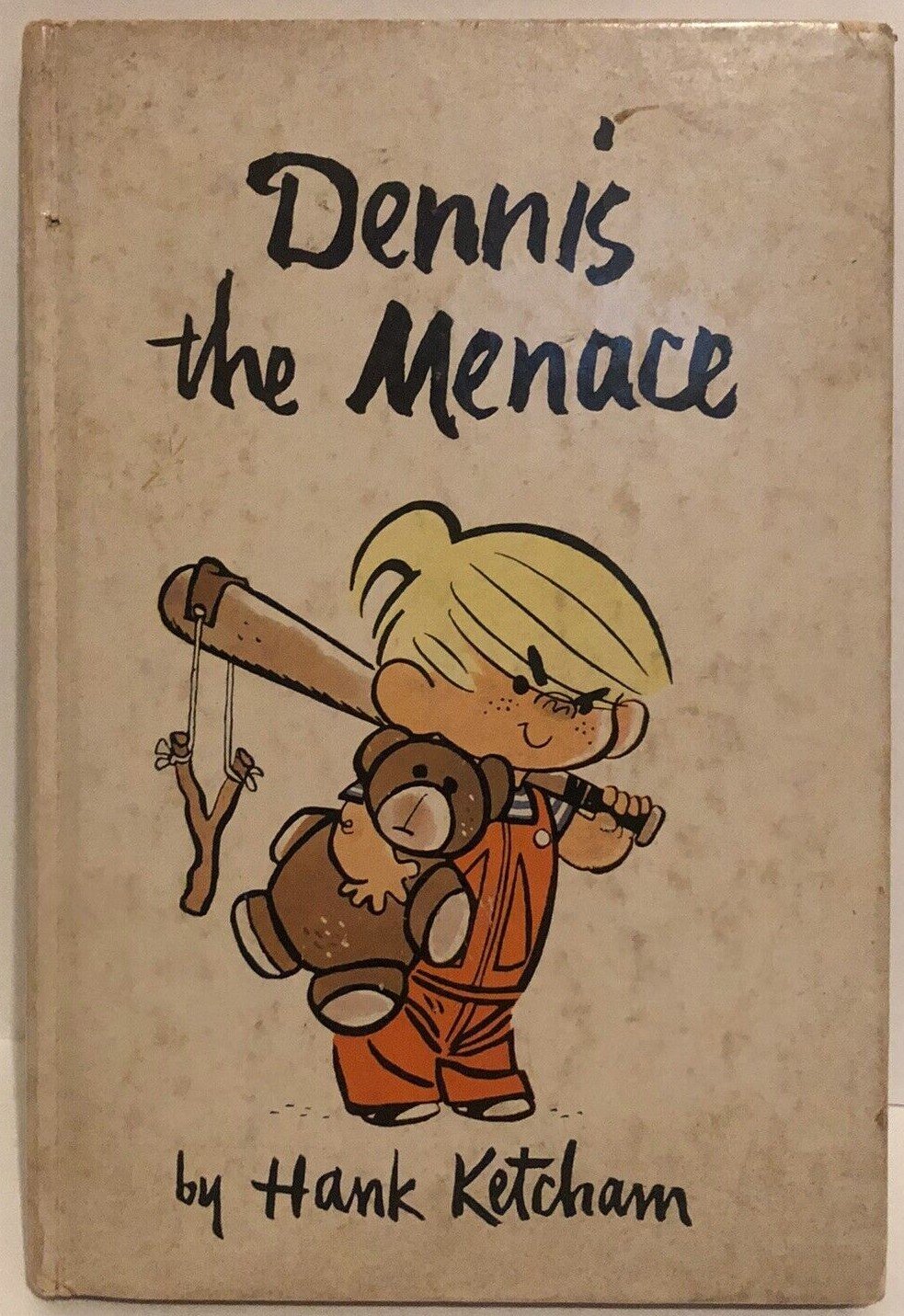Hank Ketcham, Dennis the Menace (1952)
Hank Ketcham was an American cartoonist, best known for his comic strip which ran from 1951 until 1994 and spawned a range of television shows and movies.
Born in Seattle in 1920, Ketcham’s passion for drawing was ignited at an early age when his father introduced him to a professional illustrator. This sparked dreams of working for Walt Disney, which were readily fulfilled as Ketcham contributed to Pinocchio, Fantasia, Bambi, and several Donald Duck shorts through the late 1930s and early 1940s. This career progression was partially interrupted by the Second World War, during which Ketcham served as a photographic specialist with the U.S. Navy Reserve and drew cartoon strips for the camp newspaper which got picked up by The Saturday Evening Post.
This success led Ketcham to develop Dennis the Menace based off his own four-year-old son. The story goes that Ketcham was working in his studio in October 1950, when his first wife, Alice, burst in and complained that their four-year-old, Dennis, had wrecked his bedroom instead of napping, leading her to emphatically comment ‘Hank, our son Dennis is a menace’. With its relatable themes of childhood freedom and destruction, the comic quickly proved a hit and in 1952 a collection of the strips was published as a hardback book.
Menzies’s copy is notable as a Christmas gift from Kenneth Schapel, a powerful figure in the Canberra Press Gallery and leading writer for Sydney’s Daily Telegraph. Schapel travelled with Menzies to America in late 1952 in the immediate aftermath of the Presidential election, where Menzies would meet President-elect Eisenhower for the first time on his way back from a Commonwealth Economic Conference in London. Schapel’s inscription in the book relates:
‘To R.G.M. I found this first in Eisenhower’s headquarters. The legend is that whenever Eisenhower thinks of Truman he rushes to this for comfort. Back in Australia you have 1953 and Brother Bert [Opposition Leader H.V. Evatt] & only bitter thought is: Dennis has the makings of a political reporter = D.T. Wodel. Ken Schapel, Xmas 1952, New York.’
The trip would prove a difficult one, as Menzies suffered badly from influenza in the lead-up and was advised by doctors to stay at home (advice which he readily dismissed). On the flight from Dallas to New York City, the plane’s engine caught fire, and Menzies is said to have watched the flames calmly without saying a word. The book demonstrates Menzies’s close relationship with elements of the Australian press, and may reflect Schapel having ‘briefed’ Menzies on ‘Ike’ ahead of their first meeting, during which Menzies and Eisenhower reportedly discussed Churchill’s desire that Britain be included in the ANZUS pact.
Eisenhower was the only Republican President with which Menzies dealt while Prime Minister, and one may have assumed that they would get on well because of this, however this did not prove to be the case. Eisenhower would coin the famous ‘domino theory’ phraseology which Menzies would pick up on, but the two men would come to clash considerably over America’s reluctance to back Britain and France during the Suez Crisis of 1956. Unlike other American Presidents with whom Menzies interacted, there are no personal reflections on Eisenhower in Afternoon Light, as Menzies said that Ike ‘is still an active political force, and I shall therefore not write about him, except in so far as he comes into my “Suez Story”’. This omission is arguably telling about their relationship, as is the fact that Eisenhower does not directly feature in the Menzies Collection, whereas Truman, Kennedy, Johnson and Nixon all do.
You might also like...
Sign up to our newsletter
Sign up for our monthly newsletter to hear the latest news and receive information about upcoming events.

